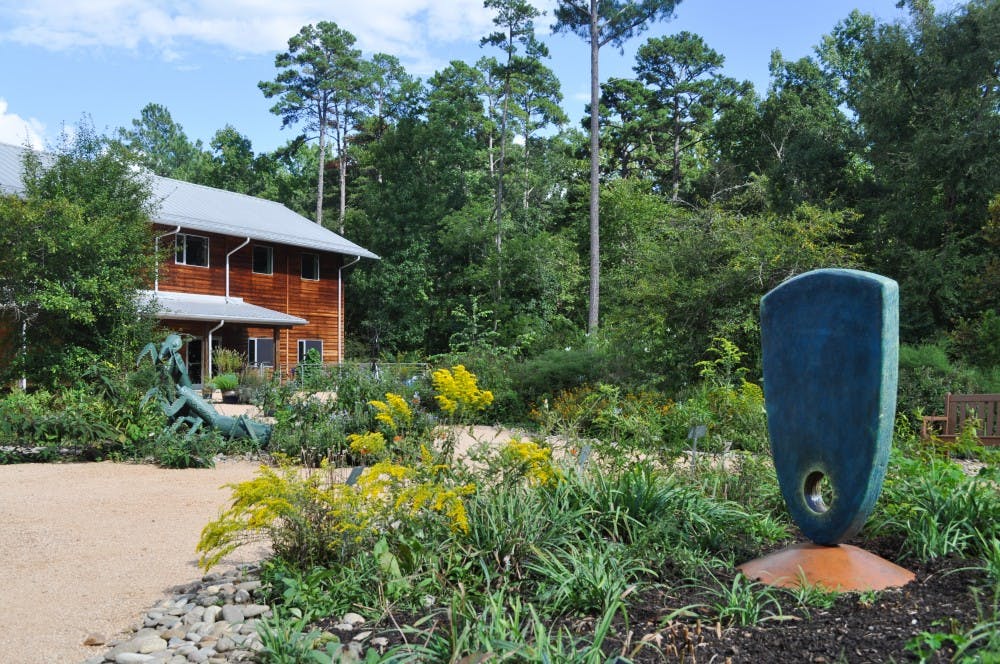While many Chapel Hill residents devoted their attention to the Duke-UNC game on Saturday, Ken Moore was covering a shift at the North Carolina Botanical Garden in Chapel Hill.
Moore became the first full-time employee of the botanical garden in 1971. His love of nature and being outdoors has kept him coming back for so long.
“I love this garden,” he said. “I'm dedicated to it. And even though I retired, like in 2003, I've been here teaching a few classes and volunteer here and do a little contract work.”
Moore said he loves taking visitors around the garden and getting them excited about nature's displays. Now, as he grows older, he still gets excited every time he sees rare plants, such as the pink lady's slipper, which only blooms once a year.
“Every time I'm lucky enough to see it, I say – this sounds morose, but it's really, really special – I say, ‘Wow, look at that,’ and I wonder if I will see it ever again,” he said.
However, beyond his infatuation with nature, Moore said he also recognizes threats to the environment like extinction as credible issues.
“You see butterflies — you know, the monarch butterflies,” he said. “Is this the last one we're going to see? Are we seeing the last ones flutter away?”
Recently, the Trump administration has issued a number of changes to the Endangered Species Act that some environmentalists believe will be damaging to many endangered and threatened species.
One of these revisions to the act involves removing protections from threatened species, species that are likely to become endangered within the foreseeable future. North Carolina is home to 61 federally endangered and threatened species, of which 27 of are plants.



